What is Waterless Cookware? Everything You Need to Know
Waterless cookware is a unique type of kitchenware designed to cook food using minimal or no added water or oil. This cooking method preserves nutrients, flavors, and textures while promoting healthier meal preparation. This guide explores the ins and outs of waterless cookware, helping you understand its benefits, uses, and why it’s worth considering for your kitchen.
Table of Contents
Understanding Waterless Cookware
What Is Waterless Cookware?
Waterless cookware is specially designed pots and pans that allow food to cook using its own natural moisture. Unlike traditional cookware, which often requires added water or oil, waterless cookware creates a seal that traps steam and preserves the food’s nutrients and flavors.
How It Differs from Traditional Cookware:
- Traditional cookware often requires higher heat and added liquids.
- Waterless cookware emphasizes low-temperature, moisture-retaining cooking methods.
This approach is ideal for those who prioritize healthy and flavorful meals.
Also read: How to Care for Ceramic Cookware?
How Does Waterless Cookware Work?
The functionality of waterless cookware is based on several key principles:
1. Multi-Layered Construction:
The layers trap and circulate heat evenly, eliminating hot spots.
Typically made of stainless steel with layers of aluminum or copper for even heat distribution.
2. Vapor-Sealing Lids:
Waterless cookware features tightly fitting lids that trap steam, creating a vapor seal. This seal circulates moisture and heat, cooking food evenly and preserving its natural juices.
3. Retaining Natural Moisture and Nutrients:
The cookware eliminates the need for added water by utilizing the natural water content in food. This prevents nutrients from leaching out, which often happens with boiling or steaming.
4. Low-Temperature Cooking:
Cooking at lower temperatures reduces the risk of burning and ensures even heat distribution, resulting in better-tasting and more nutritious meals.
Key Features of Waterless Cookware
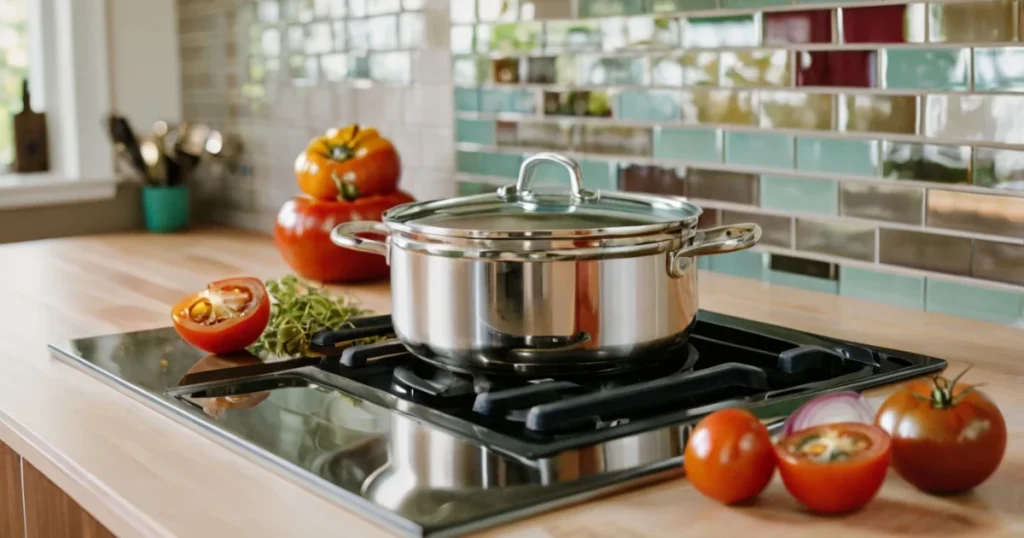
Multi-Ply Construction:
Most waterless cookware is constructed with multiple layers of stainless steel, aluminum, or copper, providing excellent heat distribution and durability.
Stainless Steel Materials:
High-grade stainless steel ensures the cookware is non-reactive, meaning it won’t alter the taste or quality of food.
Even Heat Distribution:
The multi-layered base prevents hot spots, ensuring that food cooks evenly without sticking or burning.
Benefits of Waterless Cookware
- Nutrient Retention:
- Cooking without excess water prevents nutrient loss often caused by boiling or steaming.
- Healthier Cooking:
- Retains up to 90% of food’s natural nutrients.
- Reduces the need for oil or butter, leading to lower-calorie meals.
- Energy Efficiency:
- Cooks at low to medium heat, saving energy compared to traditional methods.
- Retains Natural Flavors:
- By cooking food in its own juices, waterless cookware enhances its natural taste.
- Versatility:
- Suitable for cooking a variety of dishes, from vegetables to meats and desserts.
- Durability:
- Made from high-quality stainless steel, waterless cookware is resistant to rust, scratches, and wear.
How to Use Waterless Cookware
- Preheat the Cookware: Place the pot or pan on medium heat for 2-3 minutes before adding ingredients.
- Add Food: Place washed and damp vegetables or meats directly into the cookware. The moisture on the surface is enough to create steam.
- Cover and Cook: Place the lid on tightly. Avoid lifting the lid during cooking to maintain the vapor seal.
- Temperature Control: Once steam escapes from the lid, lower the heat to finish cooking.
- Cleaning and Maintenance: Wash with warm soapy water and avoid abrasive cleaners to maintain the cookware’s surface.
Common Myths About Waterless Cookware
Myth 1: “Waterless cookware doesn’t work as advertised.”
- Truth: Proper use of the vapor seal and temperature control is essential for success.
Myth 2: “It’s just a marketing gimmick.”
- Truth: Waterless cookware has been around for decades, with proven results in nutrient retention and energy efficiency.
Myth 3: “It’s difficult to use.”
- Truth: While it has a learning curve, most users adapt quickly with practice.
Types of Waterless Cookware
Waterless cookware comes in various forms to suit different cooking needs:
- Pots and Pans: Ideal for everyday cooking tasks like boiling, sautéing, or frying.
- Specialty Items: Steamers, roasters, and slow cookers designed for waterless cooking.
- Brands Offering Waterless Cookware: Popular brands include Saladmaster, Maxam, and Ameriware, each offering unique features.
Materials Used in Waterless Cookware
Stainless Steel with Aluminum or Copper Cores:
These materials provide durability and efficient heat conduction, ensuring even cooking.
Non-Toxic Coatings and Finishes:
Waterless cookware is often free from harmful chemicals like PTFE or PFOA, making it a safer choice for health-conscious cooks.
Cooking Techniques for Waterless Cookware
- Preheating: Always preheat your cookware on low to medium heat before adding food.
- Using the Vapor Seal: Once steam escapes from the lid, reduce the heat to maintain the seal.
- Avoid Lifting the Lid: Opening the lid during cooking breaks the vapor seal, disrupting the process.
These techniques help you make the most of waterless cooking.
Types of Dishes Best Suited for Waterless Cookware
Vegetables: Carrots, broccoli, and asparagus cook perfectly in their own natural moisture.
Meats: Chicken, beef, and fish remain tender and flavorful when cooked waterlessly.
Soups and Stews: Create rich, hearty soups without excessive added water or broth.
Rice and Grains: Waterless cookware ensures even cooking and fluffy results.
Desserts: Waterless cookware can even be used for baking cakes or steaming puddings.
Cleaning and Maintenance Tips
Proper care extends the life of your waterless cookware:
- Regular Cleaning: Use mild dish soap and a non-abrasive sponge.
- Removing Stains: For stubborn stains, use a paste of baking soda and water.
- Avoiding Damage: Never use metal utensils or harsh abrasives that can scratch the surface.
How to Choose the Right Waterless Cookware
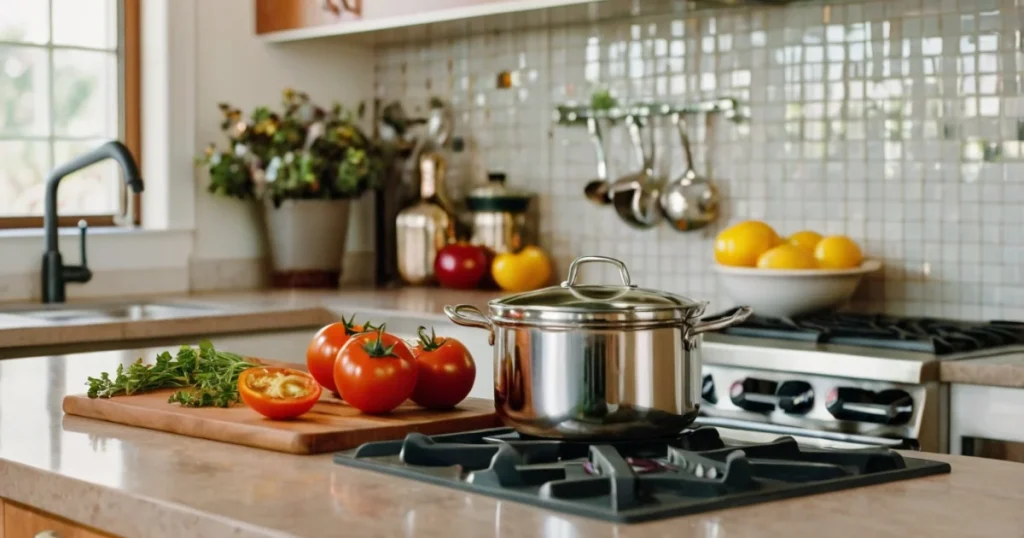
When selecting waterless cookware, consider:
- Size: Choose sets that fit your household’s cooking needs.
- Materials: Look for high-quality stainless steel with layered construction.
- Multi-Layered Design: Opt for sets with aluminum or copper cores for superior heat conductivity.
- Ease of Cleaning: Select cookware with a polished surface for easy maintenance.
- Ergonomic Design: Ensure the lids and handles are heat-resistant and easy to handle.
- Budget: While waterless cookware can be an investment, it offers long-term value.
Waterless Cookware vs. Traditional Cookware
Efficiency:
- Waterless cookware cooks faster and at lower temperatures, saving time and energy.
Taste and Nutrient Retention:
- Preserves the natural flavors and nutrients better than traditional methods like boiling.
Cost of Waterless Cookware
Price Range:
- Basic sets start at $100–$200, while premium brands can cost $500 or more.
Why It’s an Investment:
- Durable materials and energy efficiency make waterless cookware a long-term asset for your kitchen.
Environmental Impact of Waterless Cooking
Reducing Water Usage: Waterless cooking minimizes the need for added water, conserving resources.
Energy-Efficient Practices: Cooking at lower temperatures reduces energy consumption, making it eco-friendly.
History and Evolution of Waterless Cookware
Origins: Waterless cooking gained popularity in the mid-20th century as a healthier alternative to traditional methods.
Modern Innovations: Today’s waterless cookware includes advanced features like induction compatibility and non-toxic finishes.
Conclusion
Waterless cookware is an innovative option for those seeking a healthier, more efficient way to prepare meals. Its unique design and cooking method preserve nutrients, enhance flavors, and save energy. Whether you’re steaming vegetables, cooking meats, or preparing grains, this cookware offers a versatile and sustainable solution for modern kitchens.
FAQs About Waterless Cookware
1. Is waterless cookware truly water-free?
Not entirely; it uses the food’s natural moisture rather than added water.
2. Can I use it on induction stoves?
Many waterless cookware sets are induction-compatible, but check the product specifications.
3. Is it dishwasher safe?
Most waterless cookware is dishwasher safe, though hand washing is recommended for longevity.
4. Does it require special utensils?
Non-metal utensils are best to prevent scratching the surface.
5. How does it handle high-heat cooking?
Waterless cookware is designed for low to medium heat. High heat can damage the vapor seal or discolor the material.
6. Is waterless cookware worth the cost?
Yes, it’s a durable, energy-efficient, and healthier option for cooking, making it a valuable investment.
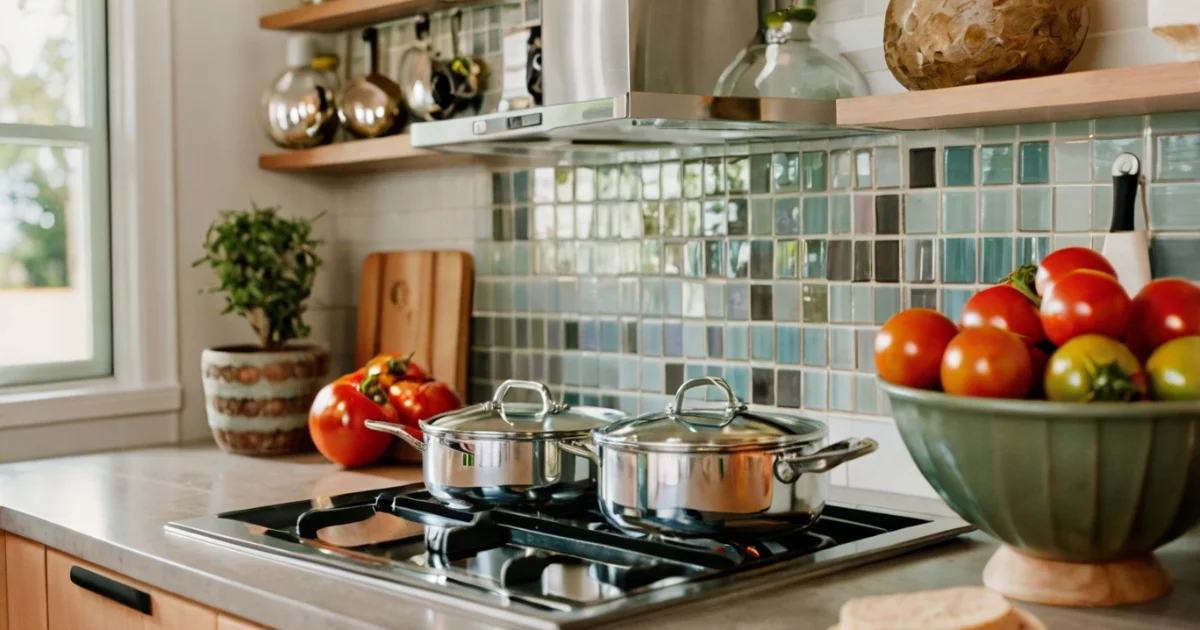
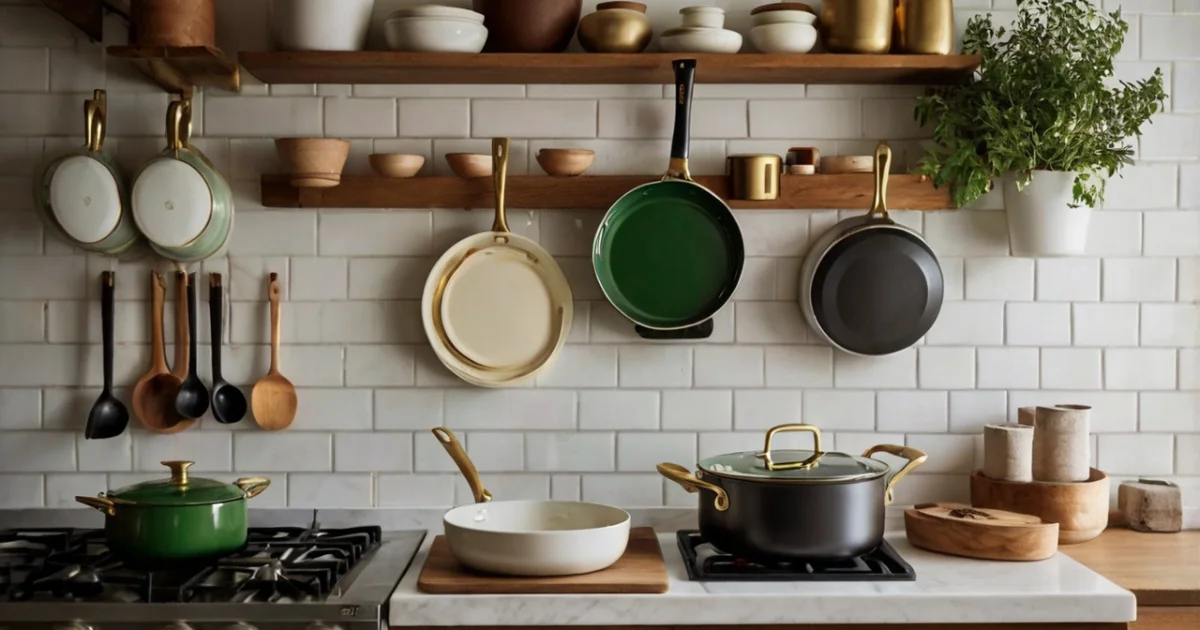

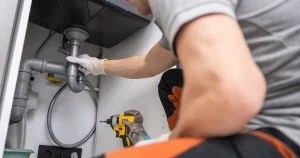
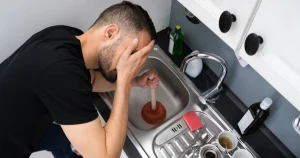


Post Comment